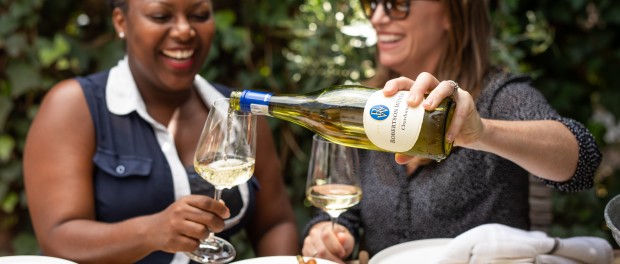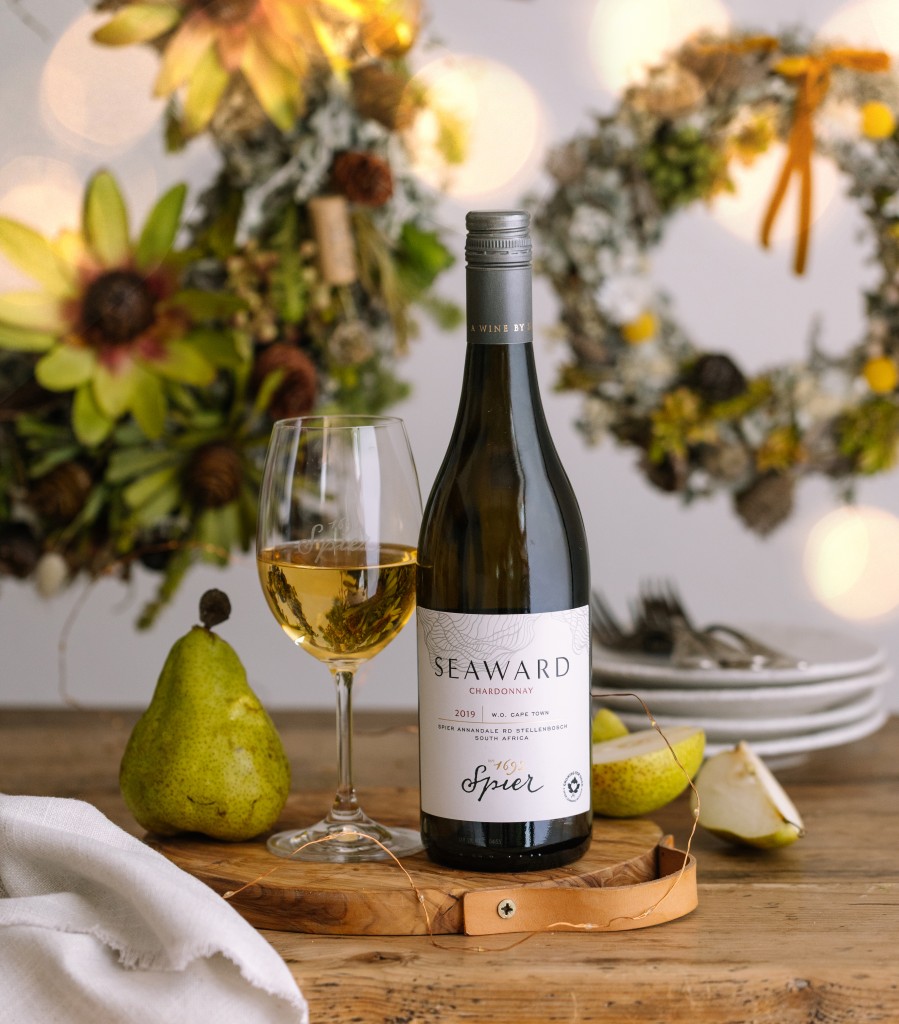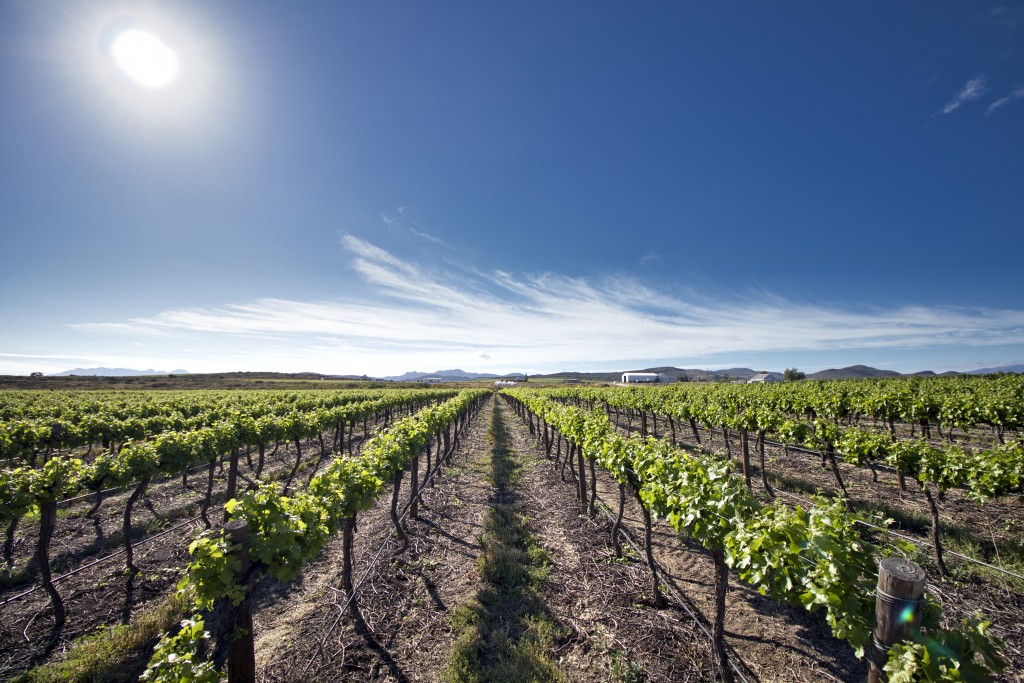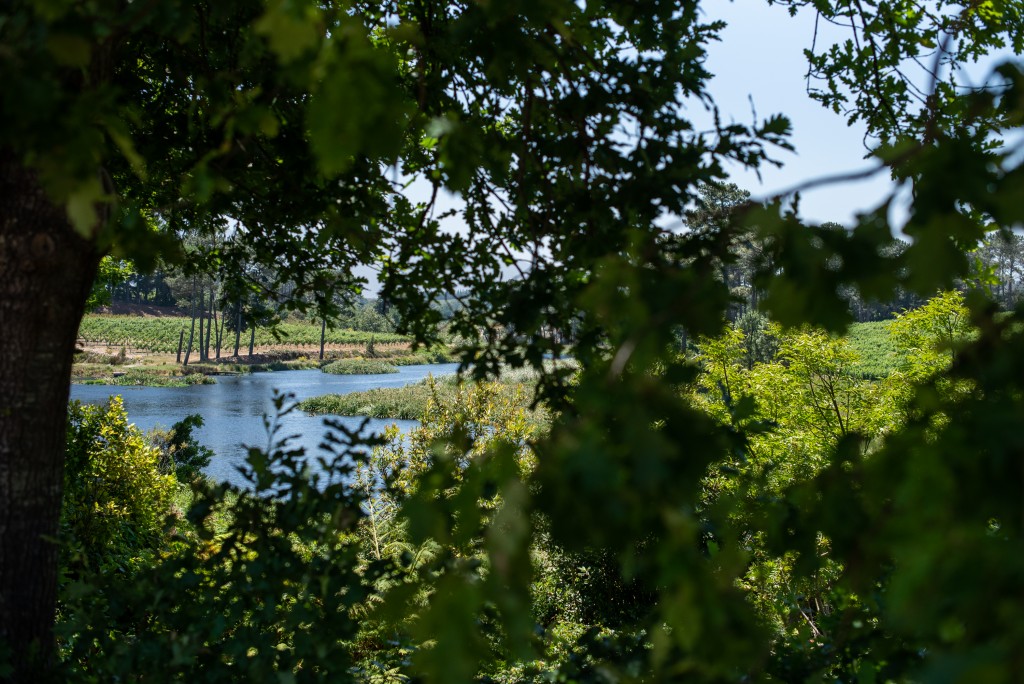Local Chardonnay is on the rise

If you were to name Chardonnay as South Africa’s fastest growing category in 2024, you’d be right. According to Head of Insights and Business Advisory at Vinimark, Oelof Weideman, ‘Retailers are becoming more open to stocking Chardonnay and there are currently 504 Chardonnay products available at major retailers in South Africa. That’s 11 more than there were four years ago.’
This growth becomes even more interesting if you consider ‘Chardonnay is one of the most expensive white wines in the market at an average cost of R84,16 per bottle’, Weideman says. ‘Although 70% of Chardonnay sales are for easy-drinking products that are unwooded, and which come in at less than R100 a bottle, we are seeing growth at the higher price points, too.’
Premium Chardonnays are usually wooded, thus requiring longer maturation time and an investment in extended production by the winemaker. Some of these wines fetch more than R600 per bottle, but most sit at the R200-R300 per bottle mark.
‘Yet every price band, from entry level to premium, is showing more than five percent growth and keeping up with inflation,’ Weideman says. ‘There has been no change in the top five Chardonnay sellers in the lower price brackets in the last five years, with Spier and Fat Bastard continuing to lead the charge.’
Consumer confidence in the category across the price points is clear and there are substantial reasons for this. South African Chardonnay has more to offer than a simple choice of unwooded vs lightly wooded vs heavily wooded. Many local Chardonnays boast regional specificity; this country happens to be rich in the type of vineyard soils that Chardonnay vines favour, namely, chalk, clay and limestone. Chardonnay is considered to be a ‘malleable’ grape that takes on the impression of the terroir – and that’s before the winemaker applies their skill.
Understanding the flinty minerality the Robertson and Bonnievale areas lend to the wines produced there, a collective of wine farms and estates has joined forces to express the particular charms they have isolated in their unwooded Chardonnay, under the shared name Calcrete. The Calcrete Chardonnays produced by the likes of Bon Courage and Rietvallei showcase their own profile more clearly in the absence of the unmistakable influence of oak. This means the wines can come in at relatively lower price points while still promoting their distinct regionality.
‘Robertson is an area high in calcareous soils because limestone is predominant,’ says Ginette de Fleuriot, Vinimark’s Wine Education and Training Manager. ‘The calcium carbonate deposits in the vineyards keep the soils cool and so the grapes ripen more slowly allowing flavours to develop while retaining fresh acidity.’
Elgin, on the other hand, has a cool microclimate that the variety is well-suited to. ‘The region is known to be a producer of cool-climate wines that are slightly more elegant in style,’ says Cape Winer Master Jacqui Henderson of Iona Vineyards, who was a guest speaker at a Masterclass on Chardonnay hosted by Vinimark.
The Elgin plateau is 20 km inland from the ocean, at 300-550 m above sea level. It is closely ringed by natural geographic boundaries, and is cooled by sea breezes wafting off the cold Benguela current that passes its nearby coastline. It’s the coolest winemaking region in South Africa and cooler than Burgundy in the wine-growing season.
Easy to grow, Chardonnay is the fifth most-planted of all the grape varieties in the world. It follows that in South Africa there are many places where these grapes grow well. Notably, the gem of the Overberg, the Hemel-en-Aarde region, has become one of the most exciting places in the country to grow these vines.
Hamilton Russell Vineyards’ 2021 vintage was named Chardonnay of the Year by the 2023 Platter’s South African Wine Guide. The Bosman Family Vineyards’ wine tasting venue and farm, Bosman Hermanus, was named Editor’s Choice Winery of the Year 2024 by Platter’s and produces its Upper Hemel-en-Aarde Chardonnay.
Clearly, terroir lends distinction and a sense of place. Much as the Hunter Valley in Australia is known for Semillon, and Napa Valley and Stellenbosch have come to be associated with Cabernet Sauvignon, so too can Robertson, Elgin and Hemel-en-Aarde strengthen their reputations based on region-specific Chardonnays. And if current popularity is anything to go by, local Chardonnay will only continue to gain favour with this country’s wine-lovers.








